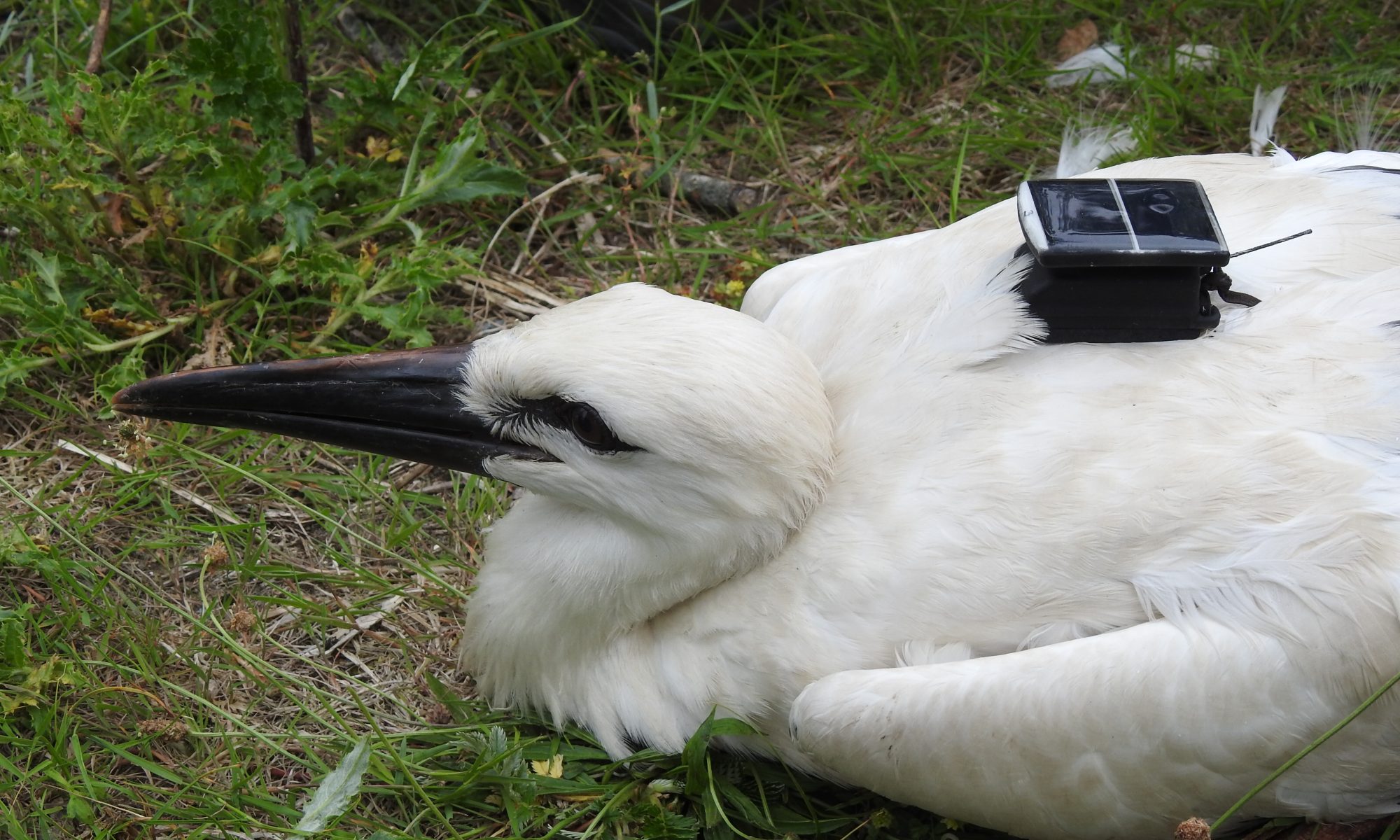In the Zwin Nature Park in Knokke-Heist three young storks were provided with a transmitter at the end of June. Thanks to their transmitters, the movements of these storks can be followed at all times. With this study, the Royal Belgian Institute for Natural Sciences and the Zwin Nature Park want to document the consequences of changing conditions in the wintering areas on the migration behaviour of the storks.

Since Leon Lippens started an introduction programme for white storks Ciconia ciconia in the Zwin Nature Park in 1957, about five hundred young have hatched here (the first in 1965). More than 300 of them were equipped with a scientific ring, within the framework of the long-term research tradition and cooperation with the Royal Belgian Institute of Natural Sciences. The majority were reported at least once (on average five times per reported stork), mainly along an axis towards the southwest, through the western half of France and central Spain. The furthest observation of a Zwin-ooievaar came from Algeria, at 2,164 kilometres from the Zwin. But Belgian storks have also been reported to spend the winter in West Africa, south to Senegal and Mali. The white stork is one of the species for which the Zwin has been designated as a special protection area under the EU Birds Directive.
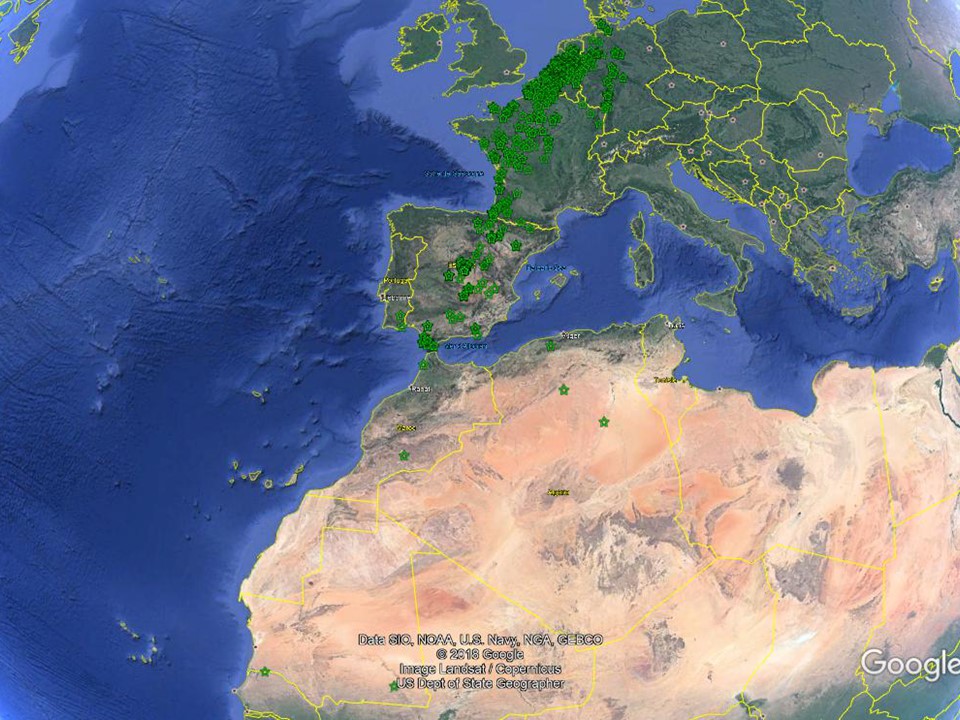
This year the Zwin population counted 13 breeding pairs. In the wider area, however, 27 additional pairs were documented (region Knokke-Heist, Damme, Bruges, and across the Dutch border), so that the total regional population in 2019 was no less than 40 breeding pairs. A few years ago, the feeding of storks in the Zwin was stopped, which probably contributed to their distribution over a larger area.
Transmitters in addition to rings
In 2019, the Zwin also devoted attention to the ringing of a number of young storks: on 5 June, 13 individuals were provided with a scientific ring. The codes on these rings can be read remotely with a pair of binoculars or a telescope, but the chance that a ringed stork is observed and reported remains rather small. Although such observations teach us a lot, they are still snapshots. With a transmitter, a bird can be tracked continuously, which provides much more information about the survival, the movements and the habitat use of the transmitter-equipped birds.
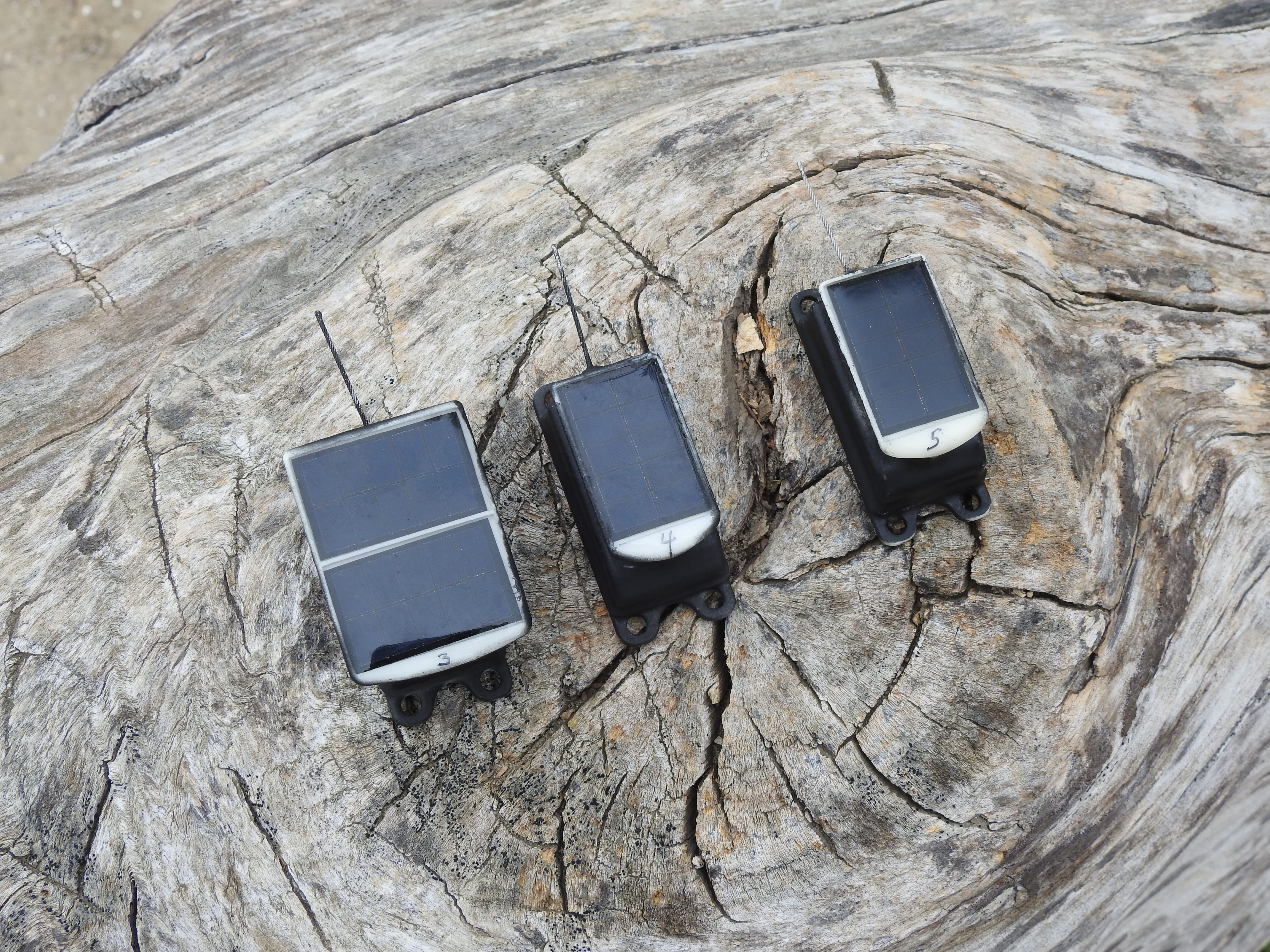
On 26 June, for the first time, three young Zwin storks (from two nests) were equipped with a transmitter. They weigh only 25 grams, which represents less than one percent of the weight of the birds. The transmitters are very sustainable: they operate on solar energy and transmit the data that their GPS collects via the GSM network. Don’t worry if there is no reception: everything is stored in the internal memory and passed on when a signal is available. It is also possible to adjust the transmitter parameters (such as the frequency of location measurements) remotely. The accuracy is astonishing, positions are determined to within a few meters.
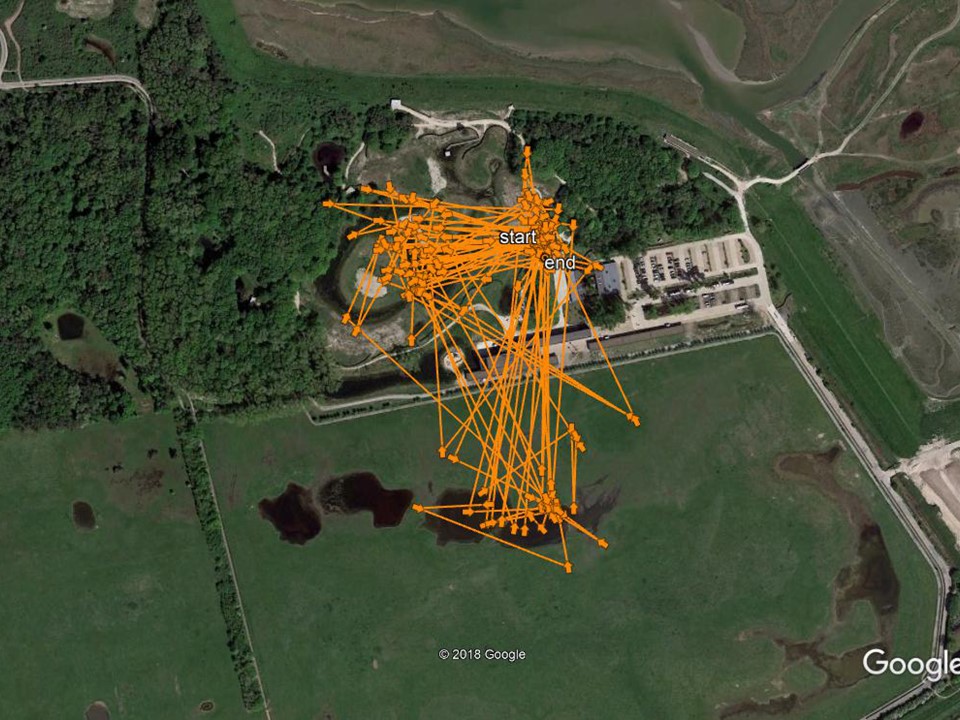
Storks on garbage dumps
Before 1990, almost all Western European storks crossed the Strait of Gibraltar (the strait that separates Spain from Morocco) in the autumn to spend the winter in West Africa. Since then, however, much has changed. More and more storks have understood that they could drastically shorten this long and energy-consuming journey by staying in Spain, where they find all the food they need on landfills. In the winter of 2018-2019, up to 46,000 wintering storks were counted on the Iberian Peninsula. This is no less than 20% of the Western European population. These birds also have a higher chance of survival, and return more quickly to the breeding grounds in the spring, where they can occupy the best territories.
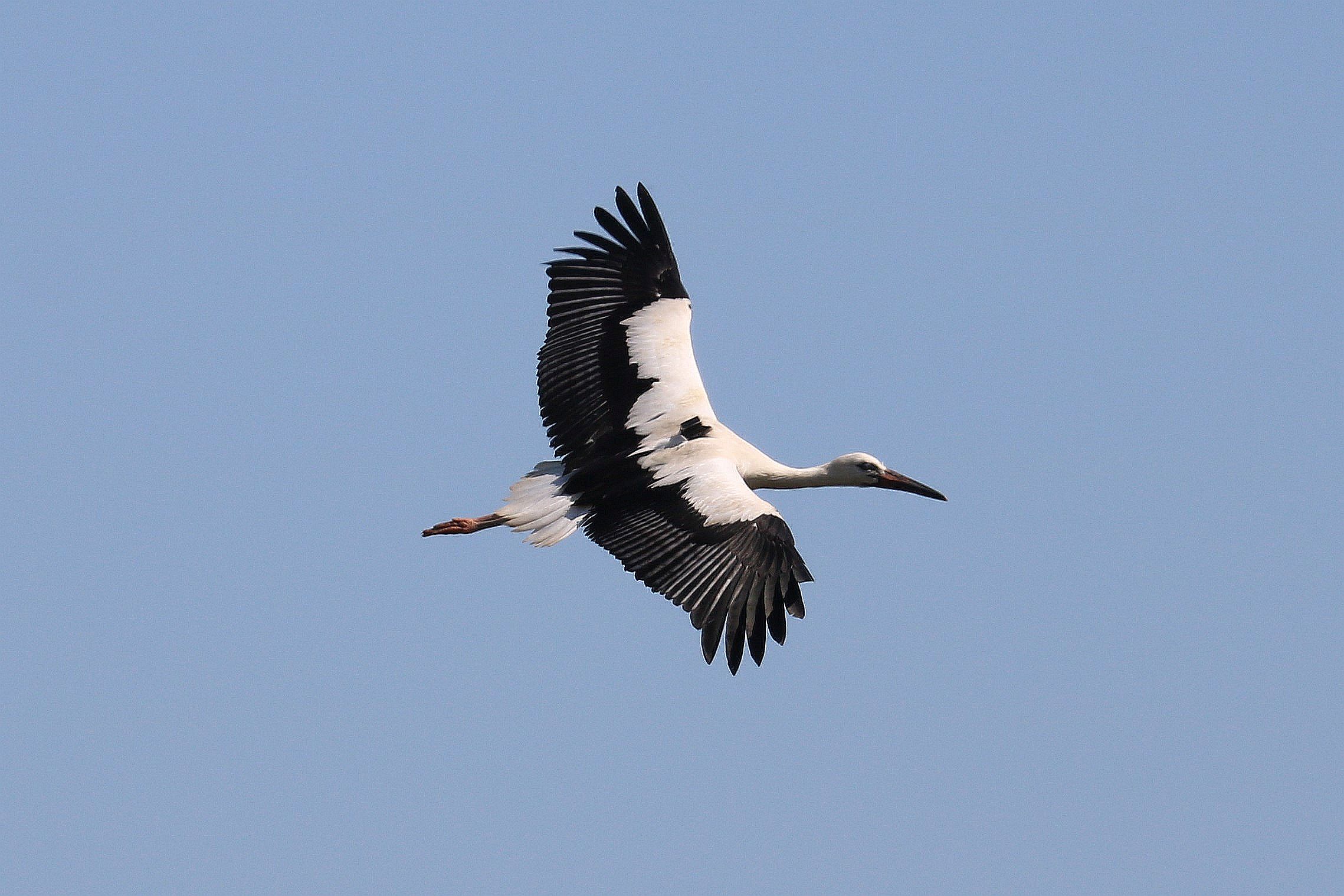
But … clouds are rising in the Spanish stork paradise skies! The European Waste Framework Directive prohibits landfills exposed to the open air, and the European Commission took Spain to the European Court of Justice in June 2018, in response to repeated calls for this legislation to be applied in Spain. The Spanish garbage dumps that many storks have learned to use will therefore be closed shortly. This will fundamentally change the state and conditions of their wintering quarters. The RBINS and the Zwin Nature Park are therefore seeking to use the transmitters to help document the impact of this changing situation in Spain on the storks’ migratory behaviour.
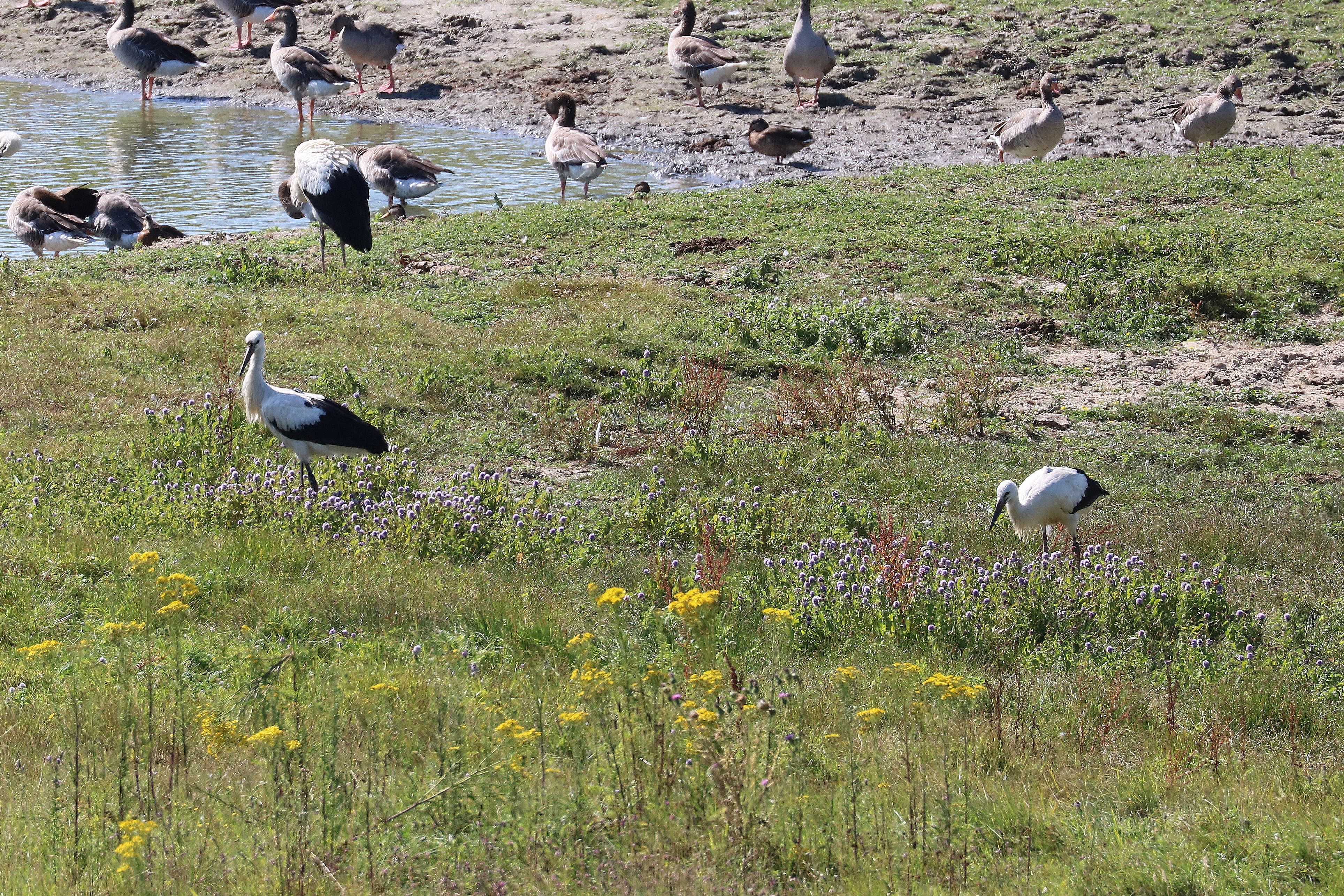
The results of the research will be available on a specific project page on the website of the Zwin Natuur Park. It is the intention that more storks will be equipped with a transmitter in the coming years.
As an international airport for birds, the Zwin Nature Park is a knowledge and expertise centre for bird migration. In addition to ringing storks and installing transmitters, the Zwin Nature Park also focuses on ringing of other bird species. From 1 August to 20 October 2019, ringing will take place almost every day, and the public will also be able to gain an insight into this activity. In Belgium, the scientific ringing of birds is coordinated by the BeBIRDS group of the Royal Belgian Institute of Natural Sciences (RBINS).

